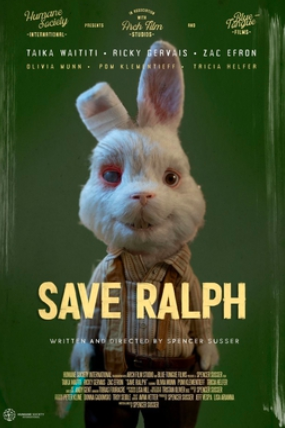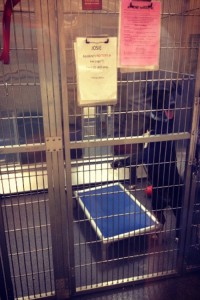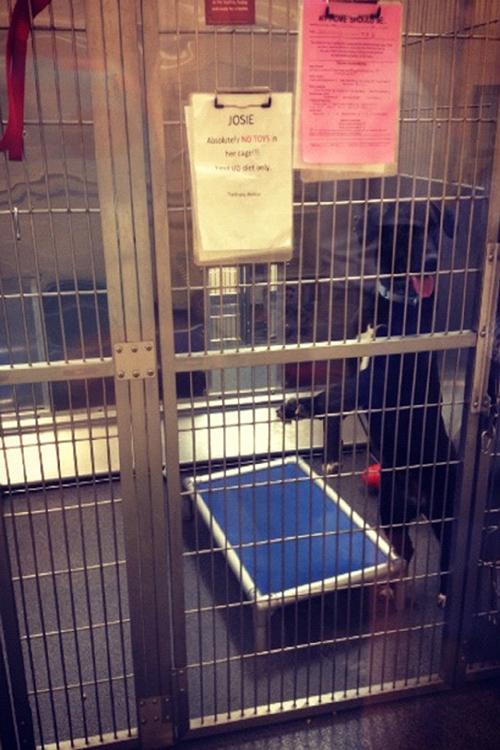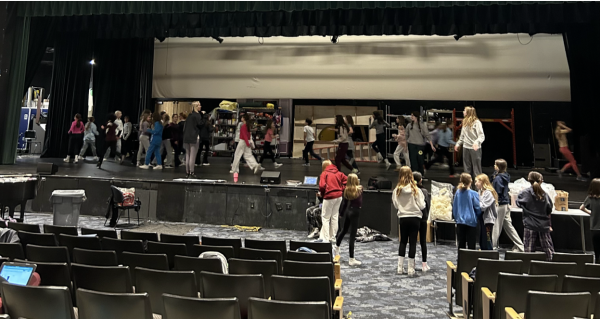Humane Society successfully exposes detrimental nature of animal testing with new short film ‘Save Ralph’

The Humane Society’s production of “Save Ralph” emotionally defines the detriments of animal testing through the experiences of lovable rabbit Ralph, who has suffered critical injuries and harmful abuse in his career as a tester.
Clinique, MAC, Benefit, Nars, Lancome, Maybelline, Revlon: ask a friend to identify their go-to beauty brand, and there is a probable chance they will answer enthusiastically with one of these widely adored companies. Little do many people realize, however, that every year, countless helpless animals die at the hands of consumers like them. Big-name brands–including those aforementioned–frequently use the unethical practice of animal testing on our beloved and innocent animals to ensure that your eyelashes look luscious, your skin looks poreless, and your hair looks voluminous. Thousands of animals sacrifice their lives unwillingly and pointlessly every single year in the name of human beauty. The Humane Society of the United States, a non-profit organization which advocates for animal safety and protection, released its animated short film “Save Ralph” on April 6, prompting its #SaveRalph campaign. The film aims to bring awareness to the pressing issue of animal testing, a method used to assess the biological effects of cosmetic products on non-human species in order to ensure that they are safe for human consumption.
The four minute short film is presented as a ‘mockumentary’, a type of production that brings light to a serious topic in a light-hearted and fictional documentary format. It is narrated by a bunny named Ralph, a strategically lovable and comical creature who was born into a family of “testers.” His entire family sacrificed their lives in the name of human safety, and Ralph himself has suffered irreversible and nearly fatal injuries as a result of his unchosen occupation, but–as he puts it– “at the end of the day, it’s ok. We do it for the humans, right? They’re far superior to us animals anyway.”
Later in the film, Ralph is unapologetically ripped from his home and shoved into a capsule next to his peers and co-testers. Upon discovery that Ralph is recording a documentary for humans to watch, Ralph’s captured bunny friends erratically scream cries for help into the camera, instilling a disturbing sense of guilt upon the viewer in the midst of the supposedly light-hearted documentary. “I don’t want to die, man,” one desperately exclaims.
Upon returning to the interview after a physically taxing series of tests, Ralph is in critical condition: he is now blind in both eyes, covered in burns and fashions a thick neck brace exhibiting the obviously taxing series of tests he just endured. Despite his visible discomfort, he ends the interview by thanking the humans for keeping him employed, before remembering he’s a rabbit and doesn’t really need a job at all.
“If it weren’t for [humans like you], I’d be on the streets! Well, not the streets, more like a field, I guess. You know, like a normal rabbit. But hey, it’s all good,” he says, in between whimpers of pain. The film ultimately pleads for humans to do better in treating animals with a basic level of respect and implores us to end their abuse for our own shallow and unnecessary gain. We are asked to save these animals. We are asked to #SaveRalph.
“The film ultimately pleads for humans to do better in treating animals with a basic level of respect and implores us to end their abuse for our own shallow and unnecessary gain. We are asked to save these animals. We are asked to #SaveRalph.”
— Karina Murray '22























































